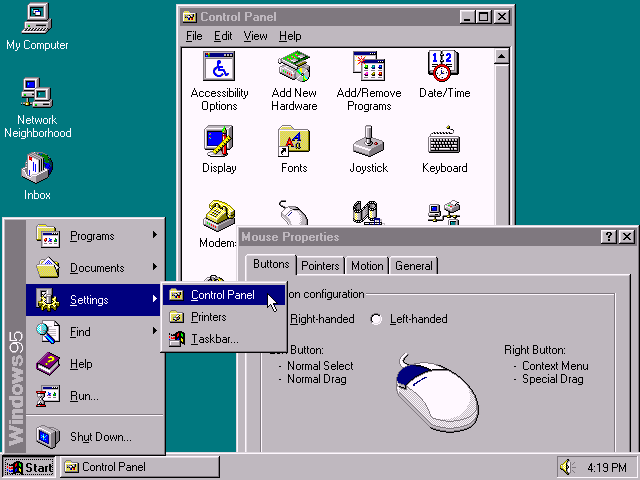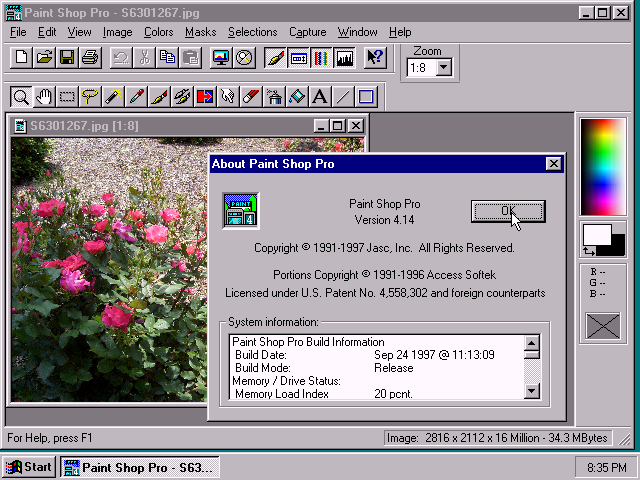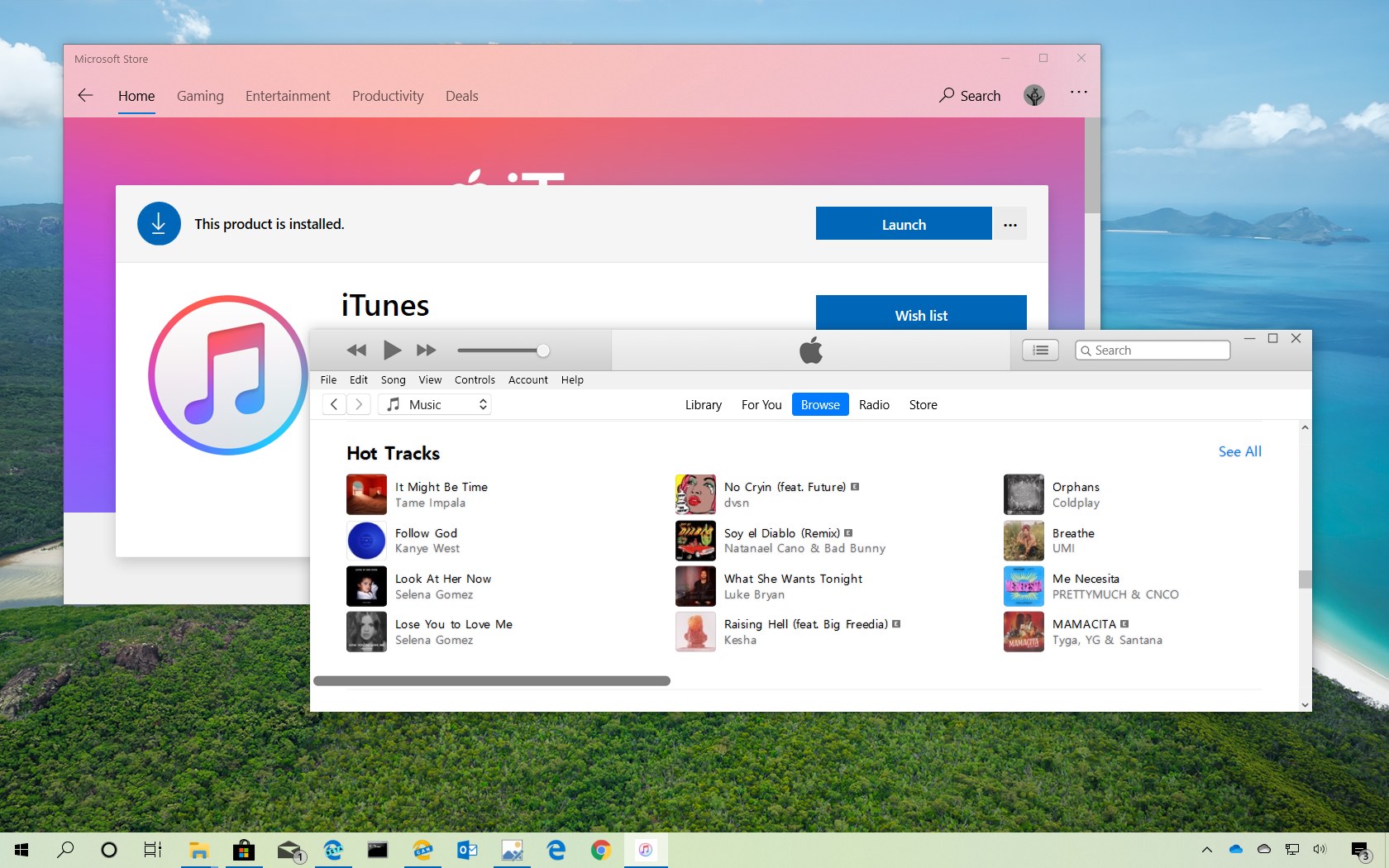# User-oriented desktop, part 1
Are you unhappy about current computer user interfaces? Do you mourn the unrealized potential of the desktop metaphor? Are tears of nostalgia coming to you when you see Windows 95?
I those feelings are real. You might be seeing something more than just personal taste. There's something actual that we have lost over time – possibly something few people ever saw – that is rubbing against the loudest complainers about user interfaces.
I don't know exactly what it is, so I'm writing this series of essays to narrow it down. Let's start with
## Windows 95
What is the first thing you notice when you launch a couple programs on this ancient version of Windows? No, I don't mean the skeuomorphic look-and-feel. Tell me the second thing! That's right: most windows look similar to every other window. the control panel, the start menu, Word, Paint Shop Pro, ACDSee, Creatures 2, WinRAR. Apart from the occasional program from Windows 3.11, and the notable exception of Winamp, they are following the same theme, and they will all obey if you change your scroll bar sizes or button colors.
 Image credit: Nathan
Image credit: Nathan
 Image credit: WinWorld
Image credit: WinWorld
Now let's come back to today and take a look at Windows. From reviews, I gathered that this is no longer the case. Steam, Discord, iTunes all look different, and they also look different than builtin software like the Control Panel, which looks different from another builtin, the Microsoft Store.
 Image credit: Pureinfotech
Image credit: Pureinfotech
 Image credit: http://windows10quick.com/
Image credit: http://windows10quick.com/
Linux does not fare a lot better, with 3 different look-and-feels on my computer. GTK2 applications differ from GTK3, which look different from Qt, and all of those have a different setup for the user to apply themes (which carry over only imperfectly). On top of that, I have the occasional totally-out-of-place application like Blender, Cura or RawTherapee, which come with their own look-and-feel, and might or might not support a bespoke theme setting system.

I'm not entirely pleased by this. Spending time making every other app not burn my eyes out is not my idea of a good time. Why do I bother? Because I have needs which are fulfilled by having consistency. Let's put down some factors promoting → consistency in a diagram.
See, consistency promotes ease of use when I know what to look for and what to expect. It promotes my self-expression when tied to my custom themes. That boosts my feeling of ownership, which is also a need of mine.
Then why is the diagram not showing any reason to be inconsistent, you ask? It's because it's missing another relationship: factors inhibiting ⊣ consistency.
One thing is certain: making software consistent with your competition's software makes your brand blend together with the competitor's. Your software becomes less distinct and memorable, which is a grave sin in an economy as focused on attention and loyalty as ours. So let's redraw the diagram from the perspective of a developer who has needs and who chooses what to influence o⊣ o→ to fulfil those needs.
There are two main forces which influence consistency: the need to attract users mostly promotes consistency (and works in favor of user's needs), and the need to stand out as a brand, which is entirely against consistency and the user. At the end of the chain, increases in brand recognizability provide a feedback signal ⤏ that the need to have the brand distinct is getting fulfilled. Similarly with ease of use and the need to satisfy users.
This makes our model contain two opposing feedback loops! They balance each other to some extent. Branding cannot take over to abolish consistency entirely because it damages ease of use to an extent that nobody wants to use the software. The need to satisfy users cannot achieve peaks of consistency if the software has to compete with others, because it makes the software forgettable, and at some point it's more efficient to get more users by investing in branding rather than ease of use.
Those feedback loops can be viewed as working for two masters: one for the user, and one for the developer. And, watching the progress of user interfaces, I think we shifted to the developer more. The branding feedback loop is especially strong now, and keeps consistency levels low.
As a user, I'm asking myself the question: how can the balance be shifted back towards the user?
## What would ultimate consistency look like?
If the need for branding comes from competition, could more cooperation break the feedback loop's power? And what other factors influence this network of relationships?
In part 2, we'll expand this simplified picture with additional factors.